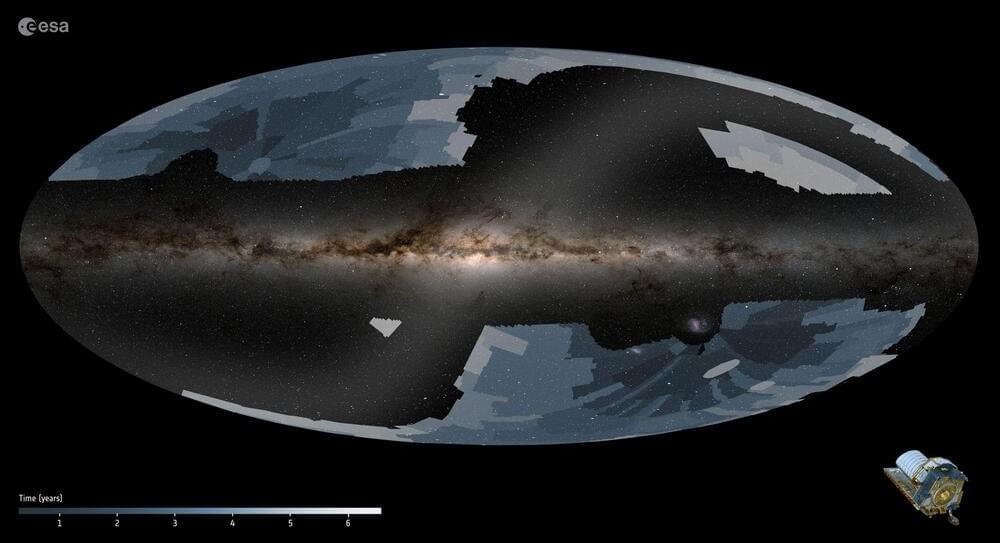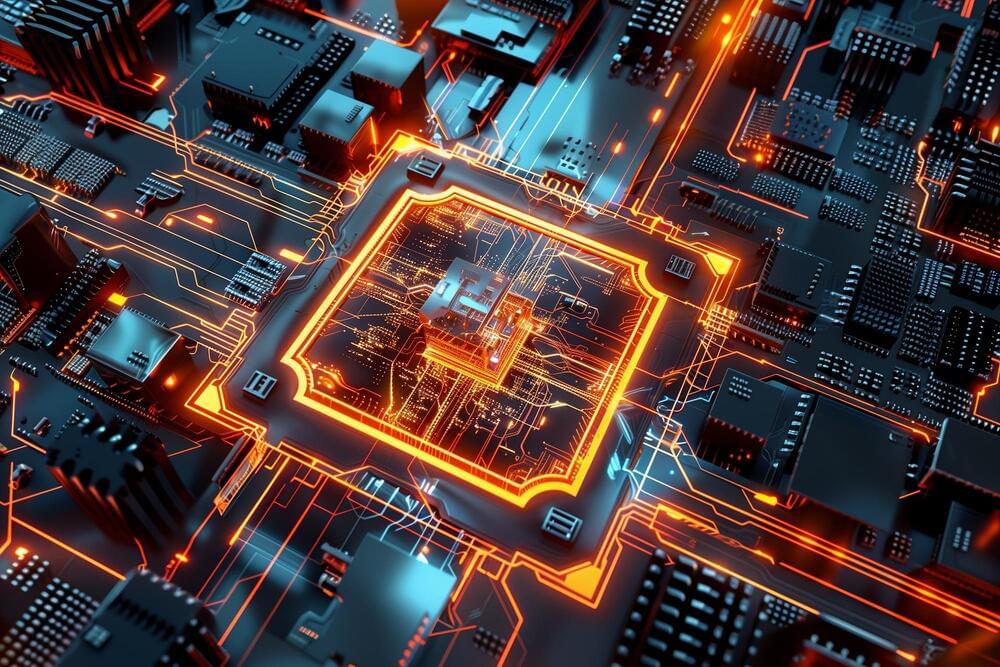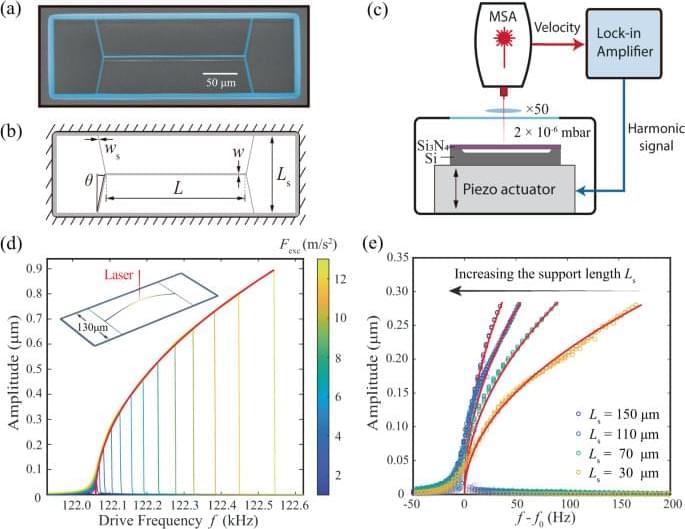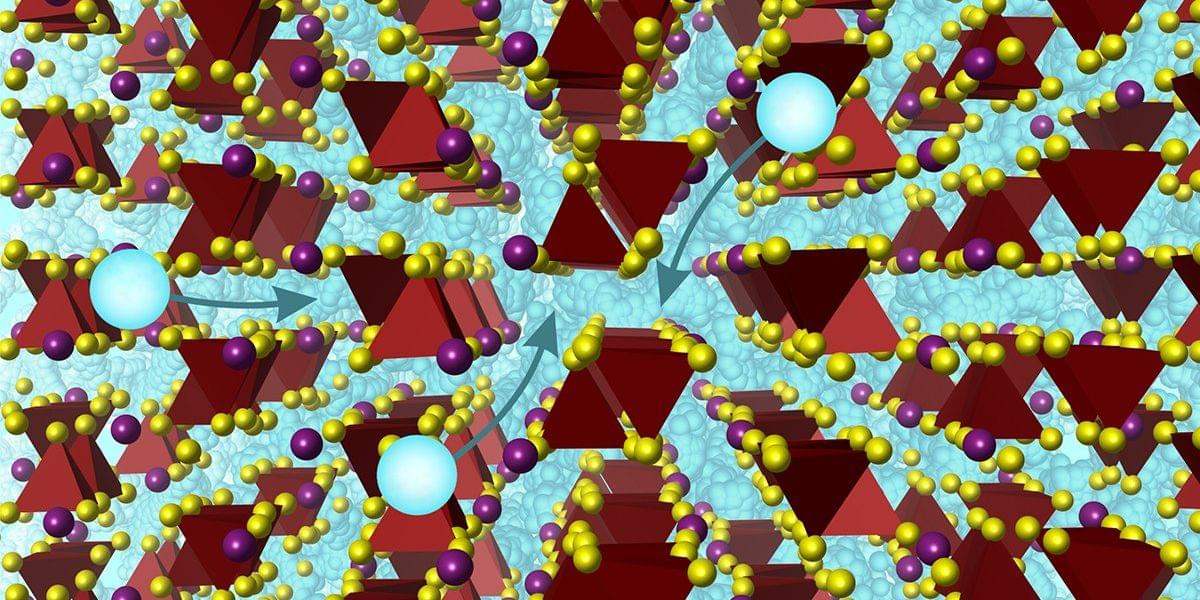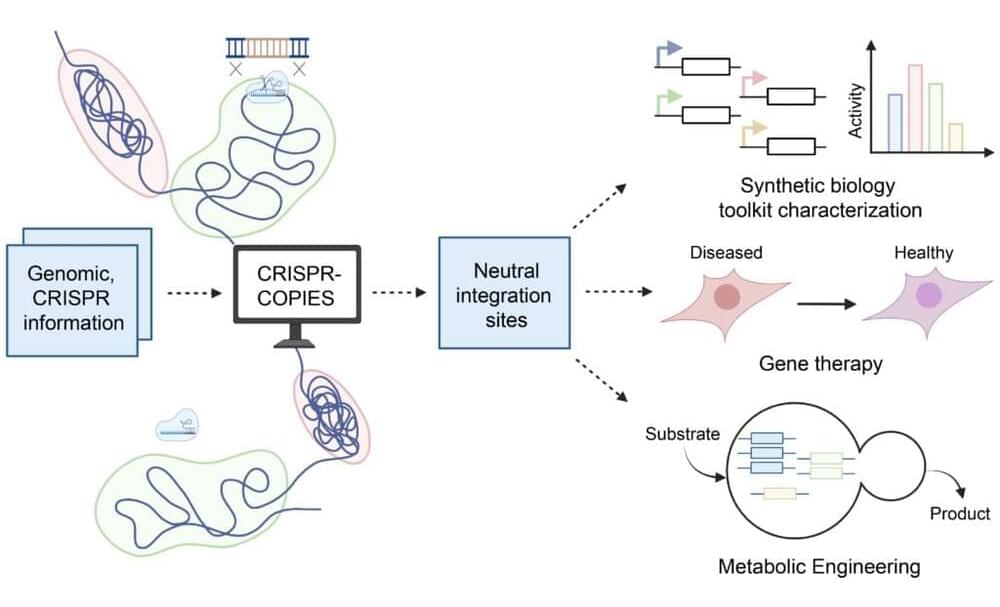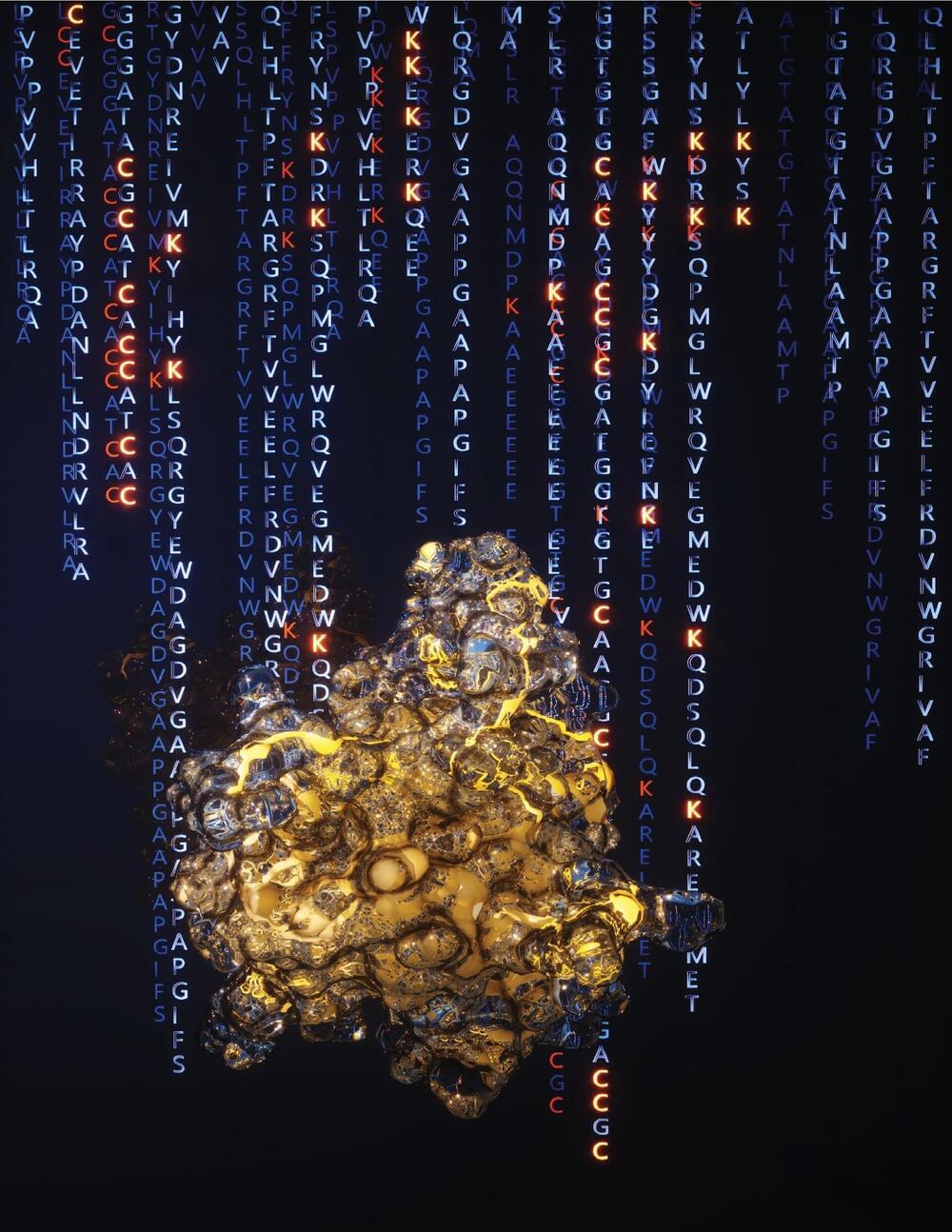Feb 17, 2024
Dark matter detected dangling from the cosmic web for 1st time
Posted by Dan Breeden in category: cosmology
Last year, the Keck Cosmic Web Imager, also atop Maunakea, caught the first direct light emanating from wispy web filaments that cross one another and stretch across the darkest corners of space. These are filaments that sit isolated between galaxies, in the largest and most hidden portions of the cosmic web.
“Seeing” the location of dark matter around these cosmic web strands is a completely different story, however.
That’s because, despite making up an estimated 85% of all the matter in the universe, dark matter is invisible because it doesn’t interact with light like everyday matter that comprises stars and dust does.



